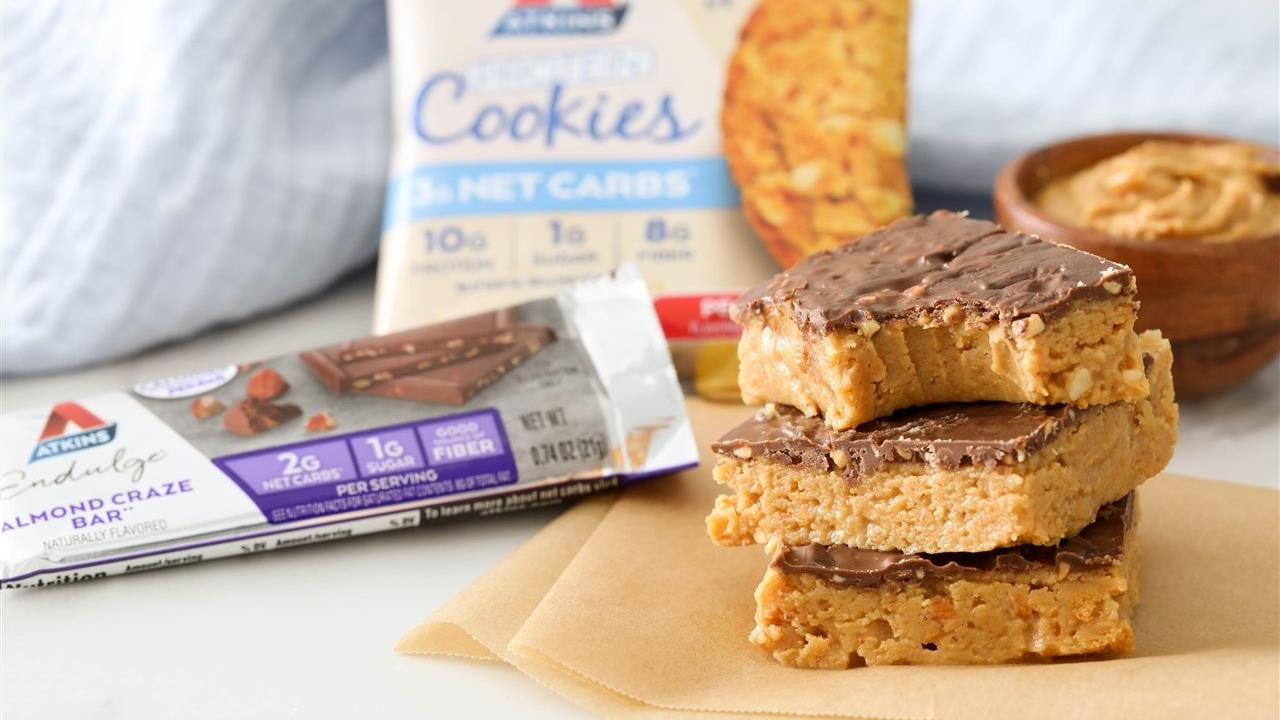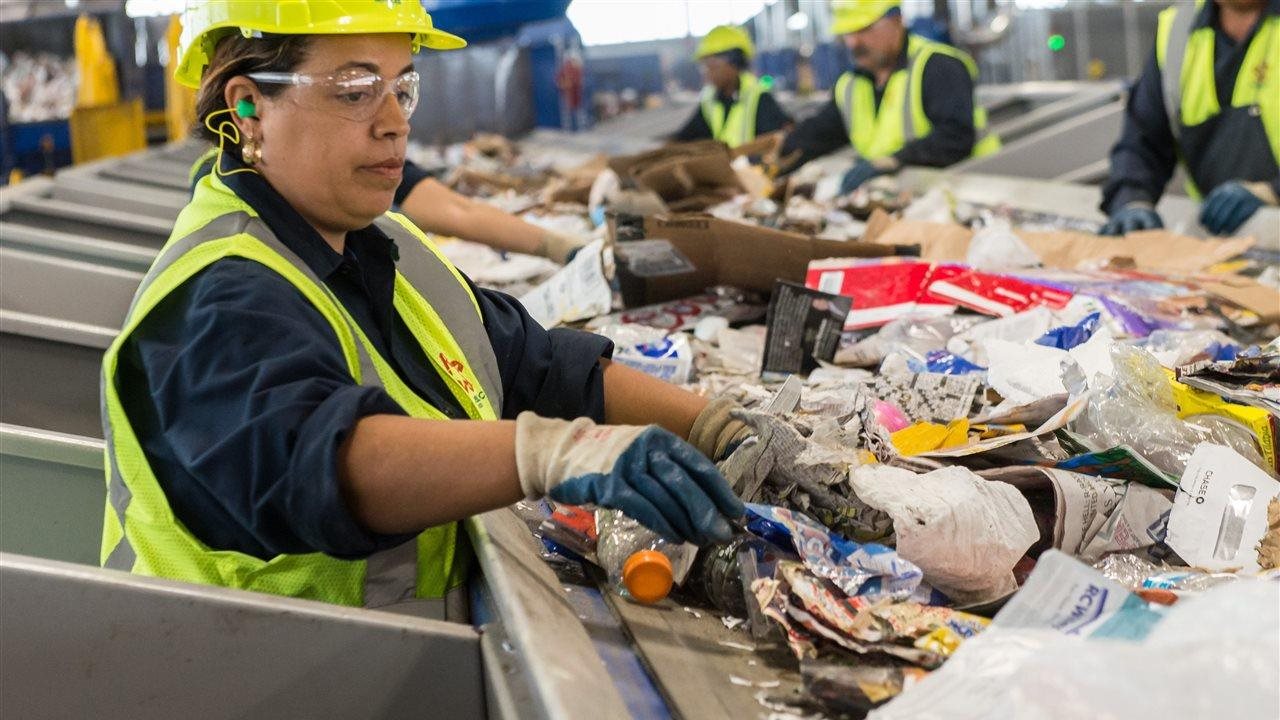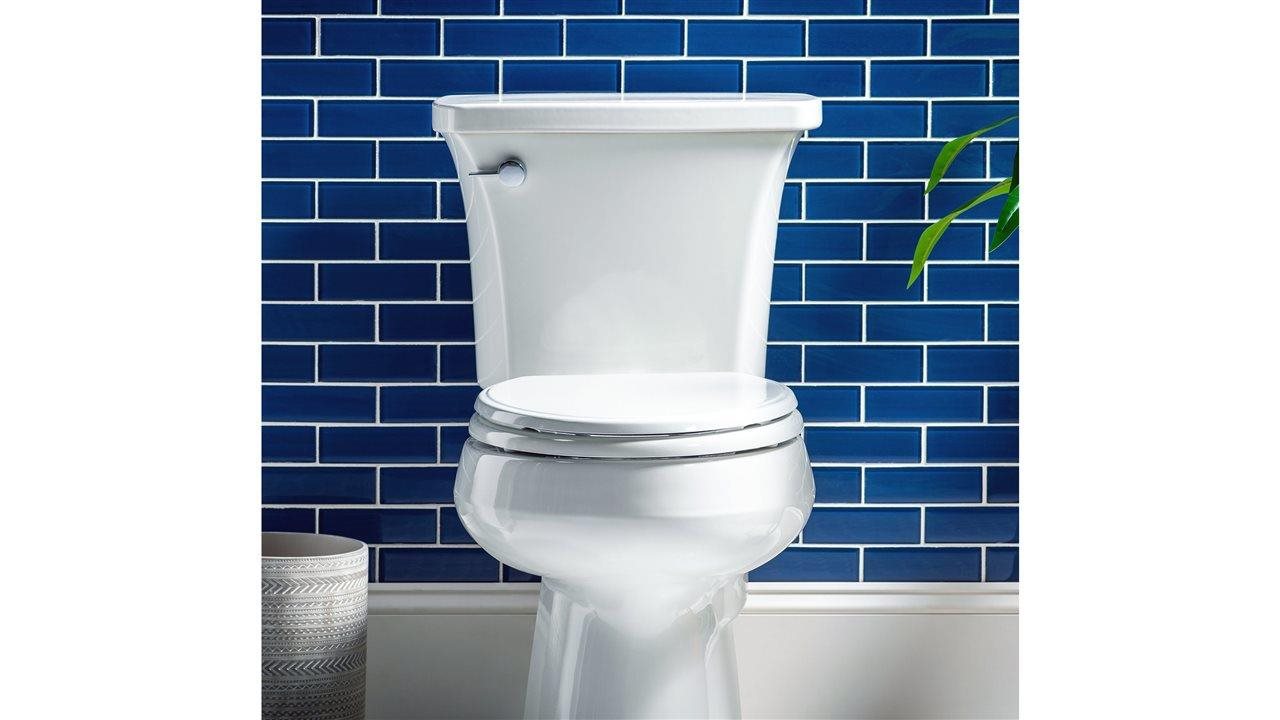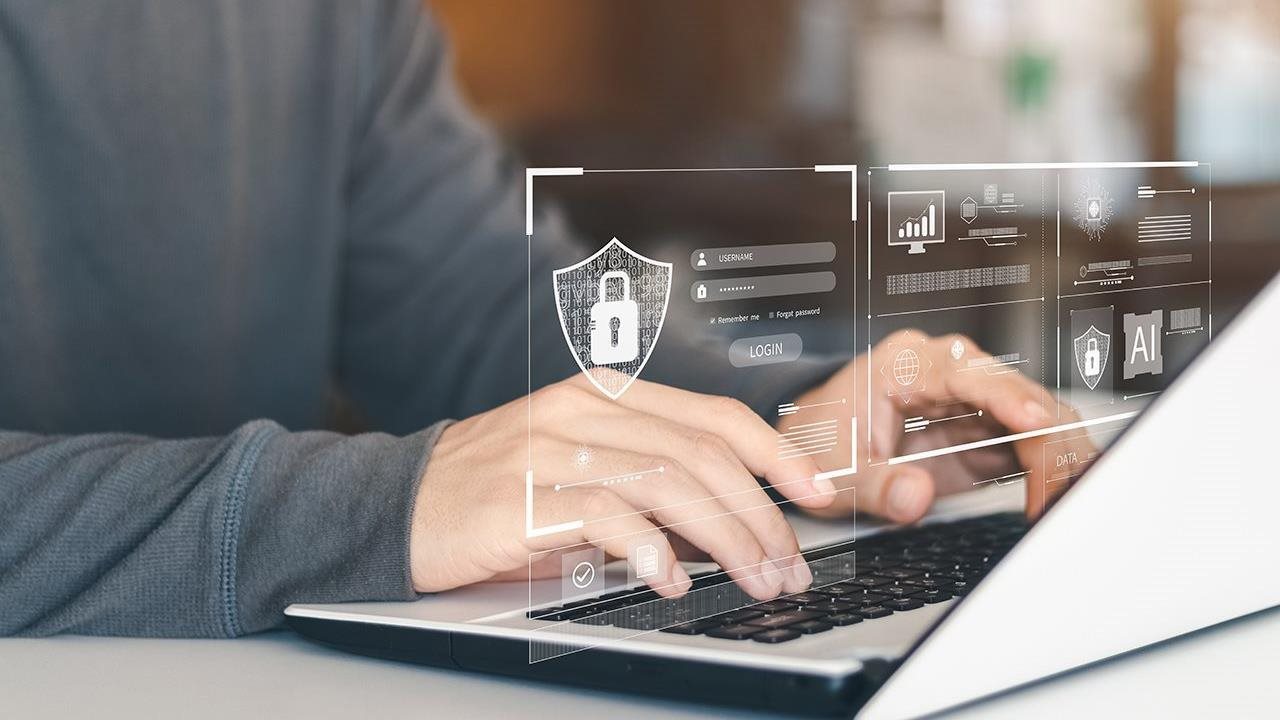2023-04-19T05:01:00
(BPT) – Prepping to make a glam entrance for a birthday bash or an office party with your co-workers takes your best effort. With their newest range of advanced aesthetic treatments, Cutera® has you covered.
The pros know that getting your skin in tip-top shape before an event is the best place to start. If your breakouts are out of control, there is a revolutionary new laser treatment that has been clinically proven to clear skin without the need for medications. Enter AviClear™ by Cutera, the first and original FDA-cleared energy device for the treatment of mild, moderate and severe acne.1 It significantly eliminates acne in three, 30-minute treatment sessions and helps prevent future acne by suppressing the sebaceous (oil) glands.2
If your skin needs some extra love to refine its texture, brightness, scars, sun damage and even stretchmarks, Secret PRO™ by Cutera can provide noticeable results. This versatile award-winning treatment combines two clinically proven technologies — RF microneedling and fractional CO2 laser — for signature treatments that can be customized just for you.
According to Dr. Abrahem Kazemi, Director, Cosmetic and Laser Dermatology at Pinnacle Dermatology in Centreville, VA, “Secret PRO is my favorite tool in my practice. I have been using this innovative platform to revitalize and refresh the skin of the face and body. With this technology, I can offer my patients the most effective solutions with minimal-to-no downtime. They can see results within a few weeks or less and will continue to have more improvement as the collagen and elastin is stimulated. It’s a win-win.”
Looking your best for a night out is also about slipping into an outfit that shows off your body confidence. If you’re keen to reduce body fat and tone muscle without spending countless hours training, body shaping solution truBody® by Cutera may be just what you need to achieve your goals. This innovative treatment uses the Trim & Tone Protocol, combining two complementary devices — truSculpt® for fat reduction and truFlex™ for muscle sculpting. Both technologies deliver personalized results and are ideal for different body types addressing both large and small treatment areas.
According to Dr. Lindsey Kettinger, DNP at Newton Family Medicine in Charleston, SC, “Decreased muscle mass and truncal obesity — excess fat in the abdomen, flanks, and back — are harder to target as we age.”
With truBody, patients may see results after one treatment session3, with maximum results after 12 weeks. “I love truBody because it provides a combined solution for targeting stubborn areas of fat while toning muscles in 15-minute treatment sessions customized to each patient. One of the great advantages with both treatments is that multiple areas of the body can be treated simultaneously,” she adds.
Get ready to glow and start looking and feeling your best. Find a treatment provider near you.
1 Data on file. Cutera, Inc
2 Results may vary
3 Somenek MT, Ronan SJ, Pittman TA. Lasers Surg Med. 2021;53(3):337-343










